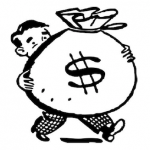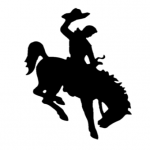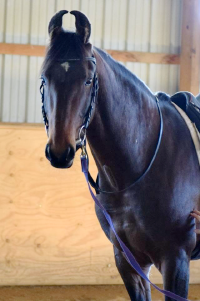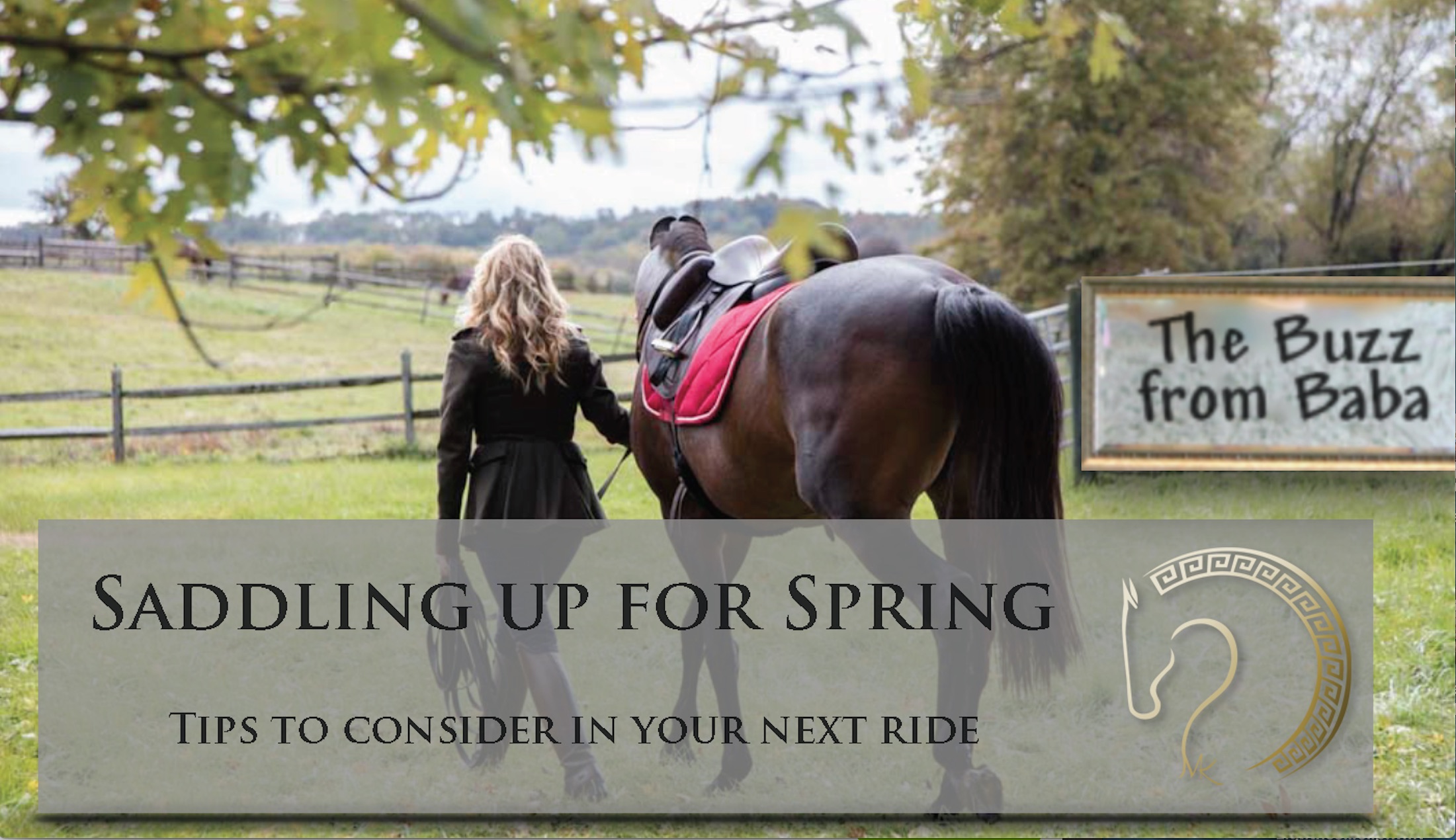This month the lesson that came up with Baba had to do with — Saddling up for the Spring!
So you have done your best, through the winter, to keep yourself and your horse on a program. Despite, frigid temperatures and low motivation at times you managed to make it through and looking ahead to brighter days. Spring is just around the corner and so is the prospect of hunter paces, show grounds, trail rides and beautiful warm days for riding. The coming of Spring for many can also mean a twinge of nervousness at the idea of the first outing in the open. We may have experienced that pinch in the stomach watching our horse in the field, when there is no ice or snow, snorting and full of life— gripped by both awe and trepidation.
Spring brings with it a new set of variables that spring into life
A horses behavior is likely to change as the seasons shift. After being secluded, for the most part all winter, many horses can be sensitive to new stimuli such as variable weather and wind. There are things we would not necessarily notice but become obvious to the horse such as the smell of dead animals uncovered from the receeding snow and ice to name a few. Nature is getting busy and your horse is likely to notice it.
It’s a rebirth and for some people it seems like they have a new horse. You might even think your horse is having a set back in his training.
Witnessing your horse enjoying a pasture free of ice and displaying his exuberance or leaping in the air on the end of a lunge line can trigger one to feel overwhelmed. This can generalize to concerns about ones safety under saddle. Anticipating the same behavior under saddle, many resort to using lunging as a way to get the horse tired, to tire out a fresh horse in order to get on. This can be a period where much damage can be done to horses. They are not so much in shape from the winter yet they are exuberant.
Lunging, as a way to tire the horse, can potentially cause problems.
Recogn ize that seeing your horses exuberance displayed can evoke both mental and physical apprehension for the ride to come. So when one hears BUKS, is it a bucking horse or d
ize that seeing your horses exuberance displayed can evoke both mental and physical apprehension for the ride to come. So when one hears BUKS, is it a bucking horse or d ollar bills that come to mind? That initial image that this word evokes can make a world of difference as you enter the Spring with your horse. Consider the following points below as you prepare for Spring:
ollar bills that come to mind? That initial image that this word evokes can make a world of difference as you enter the Spring with your horse. Consider the following points below as you prepare for Spring:
BUKS: The 3 B’s, The 3 K’s And The 3 S’s:
And Why the U is the Most Important Element
- 3 B’s- Breathe, Be, Believe One of the first things to change in our body when we encounter a stressor or focused concern is our breathing. This usually presents as either breathe holding, or shallow breathing. Remember that your job is to BE. Be present to your horse. Sometimes that starts by taking a slow breathe, and quieting everything down. Believe that your re-introduction to each other for the Spring will be a peaceful one, and one where your horse’s comfort and wellness is your primary concern.
- 3 K’s- Klassical, Kind, Konnected Taking a step-by-step approach is key. More often than not people get impatient to plunge in and “just go” without reinforcing a solid foundation. There is a certain dignity we bestow to the horse when our need to “just get on and go” is preceeded by the greater priority of securing their wellness and comfort in all that we ask them to do with us. Re-explaining to your mate the basic steps from scratch , while seemingly regressive and boring, ensures that you are both on the same page. Pressing to meet a show deadline, for example, can result in training misjudgements that can lead to further delay and concurrently compromise your horses trust. Surely many of us have faced that dilemma. Great riders of our time remind us to prioritize the purity of focusing on the basics.
In French there is an equestrian adage that goes, “qui veut voyager loin, ménage sa monture” which translates to “he who plans to travel far preserves his mount.”
- 3 S’s – Suppleness, strength, self-carriage All too often I see or hear of incidents where either the horse or rider is injured and the culprit is often rather obvious. Without preparing our partner for carrying us we expose ourselves to an increased probability for potential injury as his body fights to find a comfortable place.
Consider lungework as a tool to also enhance your connection before your ride and not as a way to drive out what seems like excess energy.
For the rider, the winter temperatures tend to create cramping of the muscles and therefore one can feel less limber coming out of the winter. Getting back in the saddle means ensuring that we have addressed our own level of fitness. Additionally, make sure you check your equipment. Sounds obvious and simplistic but often overlooked. In particular, vulnerable post winter areas to check is the girth for cracked leather, and loose stitching. Spring cleaning means ensuring that your tack is in tip top shape!
The reality of how we can transition to our Spring schedule is entirely in how we plan for it—mentally and physically. Picture now a peaceful harmonious joining, prepare the images of comfort and compliance that your horse comes to you. ‘U’ have a choice in how to re-create this new season, this new vision and ‘U’ do so by the choosing whether to hang a picture of a bucking bronco or a lottery winner on the wall. Remember, the ‘U’ is the most important element.
Meet Baba the Marwari Stallion

Baba is the inspiration for gathering and sharing reflections that we hope can help in your connection to your horse.
Here are some facts about Baba and the Marwari horse: His name means “brave one” in Hindi. Bahadurshah, or “Baba” is a Marwari horse, one of the rarest equine breeds in existence. Through his partnership with his owner, Dr. Maria Katsamanis, the bay stallion is helping promote his breed and equine-based education, as well as call attention to animal welfare around the world. There are less than 1,000 in the world like him and fewer than 30 that live outside of India.
Descending from India’s war horses, his ancestors were the chosen breed of the nobility. Though built of average size, his exotic heritage comes sharply into view with an upward glance at his ears, which curl inwardly until their tips touch. Thus the name, the “Heart shaped eared horses of India.”


